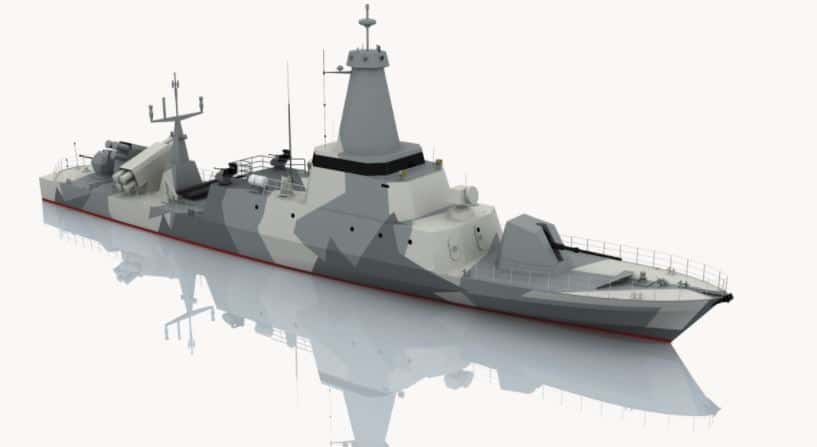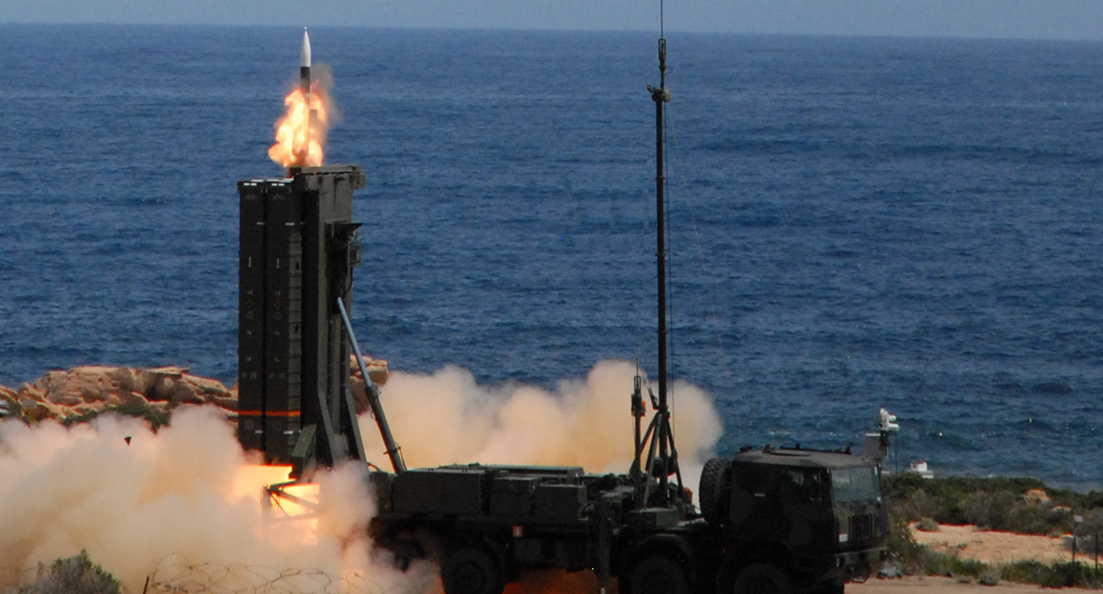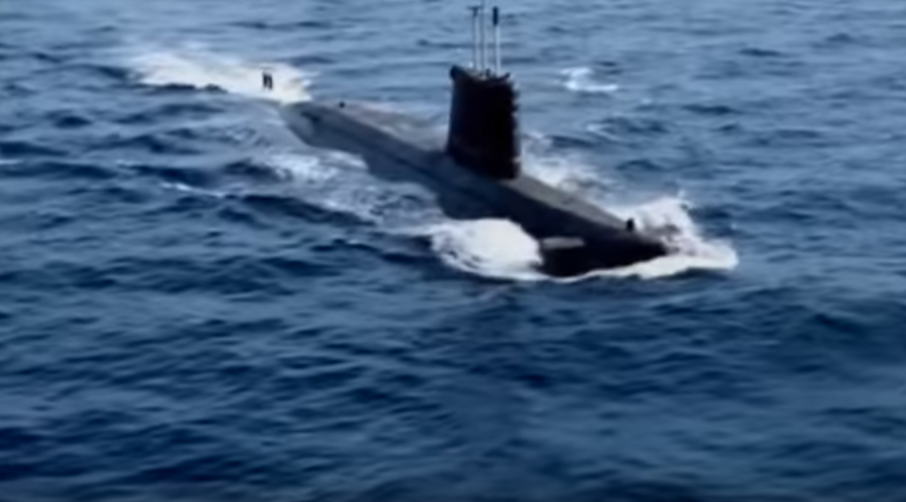2147Views 3Comments

Saudi Arabia could claim FS56 FAC it originally planned for Lebanon
The La Tribune reports that Saudi Arabia could finalize a €250 million order for three Combattante FS56 fast attack craft (FAC) from the French shipbuilder CMN Group.
Saudi Arabia had originally negotiated for the FS56 with the intention of equipping the Lebanese Navy, but the aid program was scuttled amid a cool in bilateral relations between Beirut and Riyadh.
The FS56 has an overall length of 56 m. Built from a steel hull and aluminum superstructure, the FS56 can reach a top speed of 38 knots, and at 15 knots, it can reach a range of 2,500 nautical miles.
Its armament includes two quad-cells for anti-ship missiles (AShM), a main 76 mm or 57 mm gun and an air defence unit comprising of two pedestal-mounted surface-to-air missiles (SAM). It can also be armed with two remote-weapon-stations for cannons up to 30 mm.
In terms of electronics, the FS56 can be fitted with an air and surface surveillance radar, fire-control radar, integrated navigation system, integrated communication system and electronic support measures (ESM).
Besides guarding littoral waters, the FS56 can be deployed for policing exclusive economic zones, interdict maritime criminal activity – such as piracy and smuggling – and undertake intelligence, surveillance and reconnaissance activities using its radar and ESM suite.
This order could be Riyadh’s sign of initiating its long-term naval modernization program. Currently, it has various letters-of-intent (LOI) for the potential purchase of naval warships from the U.S., Spain and Turkey.
It has yet to implement those orders, but they include big-ticket items such as the Lockheed Martin Multi-Mission Surface Combatant (MMSC), a development of the Littoral Combat Ship (LCS), Navantia Avante 2200 corvettes and the Savunma Teknolojileri Mühendislik ve Ticaret AŞ (STM) MILGEM.
The FS56 could be a potential start to supplanting some of Saudi Arabia’s al-Sadiq-class patrol boats – nine were procured from the U.S. through the early 1980s.



3 Comments
by U
Compared to Pakistan’s 63 m Azmat Class FACs these 56 m boats are better armed, more and bigger guns, pedestal mounted SAM, I think even better electronics. Also are faster.
by Omar Dar
Compared to Pakistan, Saudi Arabia also produces more oil. That just might be the reason for the better specifications.
by MOHAMMAD HARIS FAHIM
Right you go!